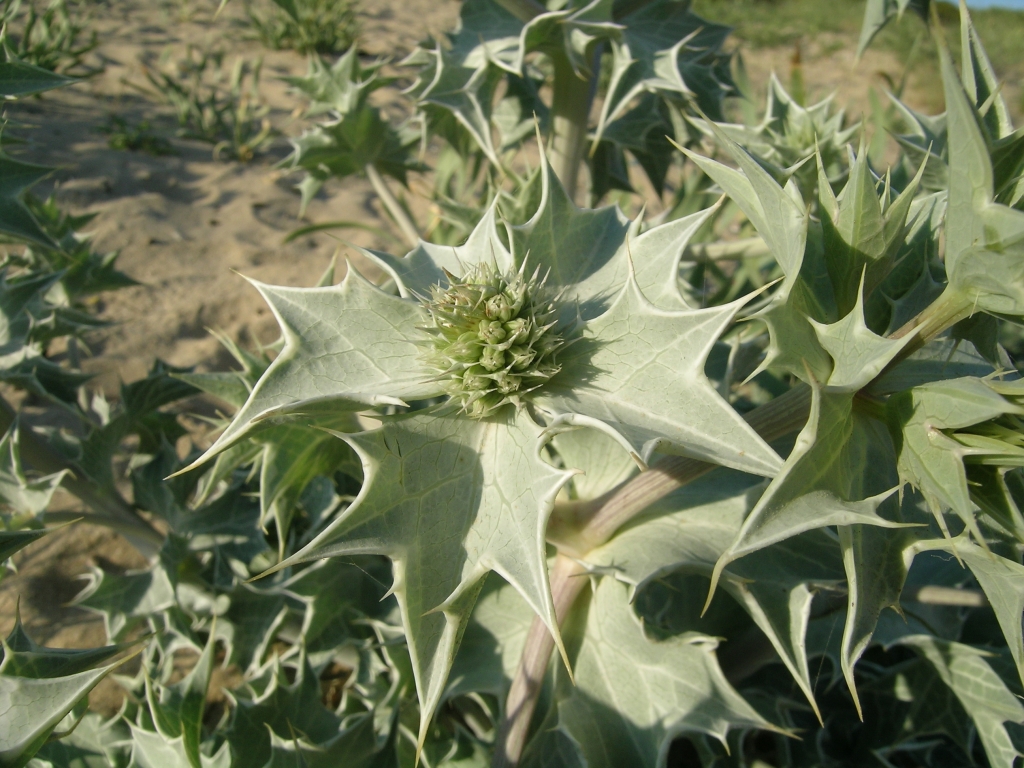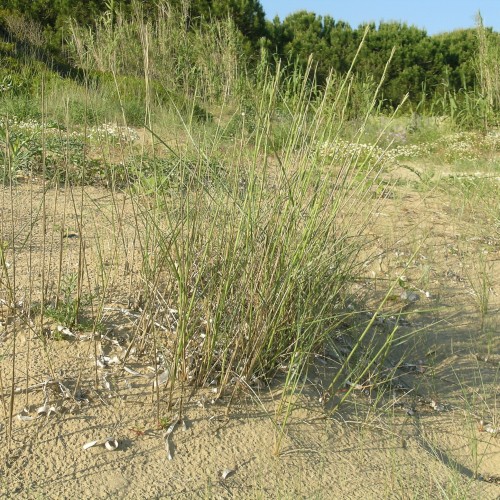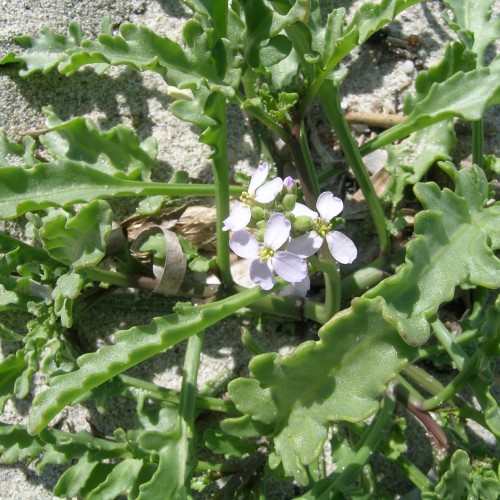
At the small beach of Lamaia, there is a modest-sized area of sand dunes featuring flora typical of sandy environments. On Elba, due to the high impact of beach and tourist activities, just a few fragments of natural habit remain in the sand dunes of this part of the coast, particularly in the Lacona dune area but also, in some cases, around the quieter beaches that are more difficult to reach.
In these settings, we can still find species typical of this fragile ecosystem, namely pioneer plants required to contend with various challenges, including those posed by the significant quantity of salt carried by winds from the sea. These same winds, when especially strong, can quickly alter the loose soil, moving the grains of sand with a powerful grinding effect on the plants' surfaces. In addition to causing anchorage problems for those specimens able to establish themselves here, the sandy soil also fails to retain water, which quickly runs down into the subsoil. And lest we forget the high temperatures and significant solar radiation affecting these beaches in summer.
The species that inhabit these environments must therefore be halophytic, to deal with the significant presence of salt, xerophilous, to tolerate the extreme climatic conditions, and chamaephytic, to withstand the violent coastal winds. They must also be equipped with strong, deep and branched root systems in order to reach down into the ground in search of water and sturdy anchorage. In recent decades, the adversities to which pioneer plants in sandy environments have perfectly adapted using various structural and physiological strategies have been compounded by greater challenges linked to a significant human presence, with trampling, mechanical beach clearing, picking (particularly of species with beautiful flowers) and habitat transformation, all of which are phenomena associated with anthropic and tourist pressures.
On the small beach of Lamaia, we can observe several plants typical of these environments: sea holly, forming low bushes with very leathery and prickly leaves, cocklebur, an eye-catching species easily recognisable by its oval, spiny, hooked infructescences, sea rocket, with its small, pink flowers and floating fruits which encase the seeds for a long period in order to propagate by sea over long distances.



